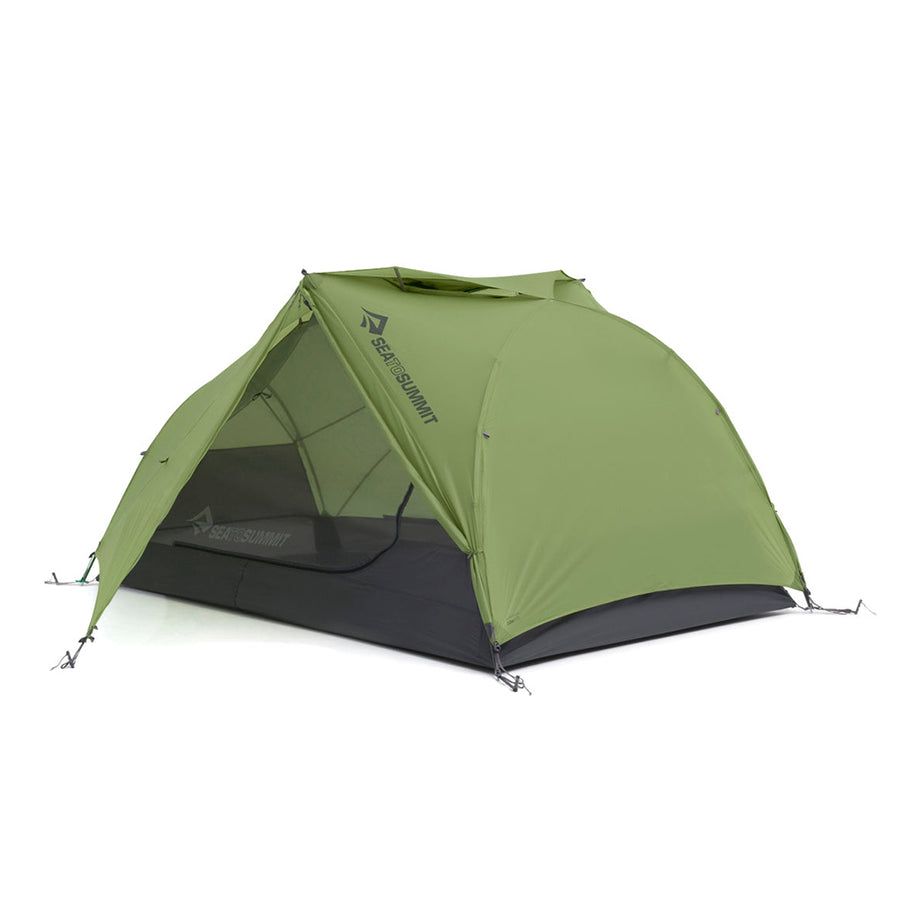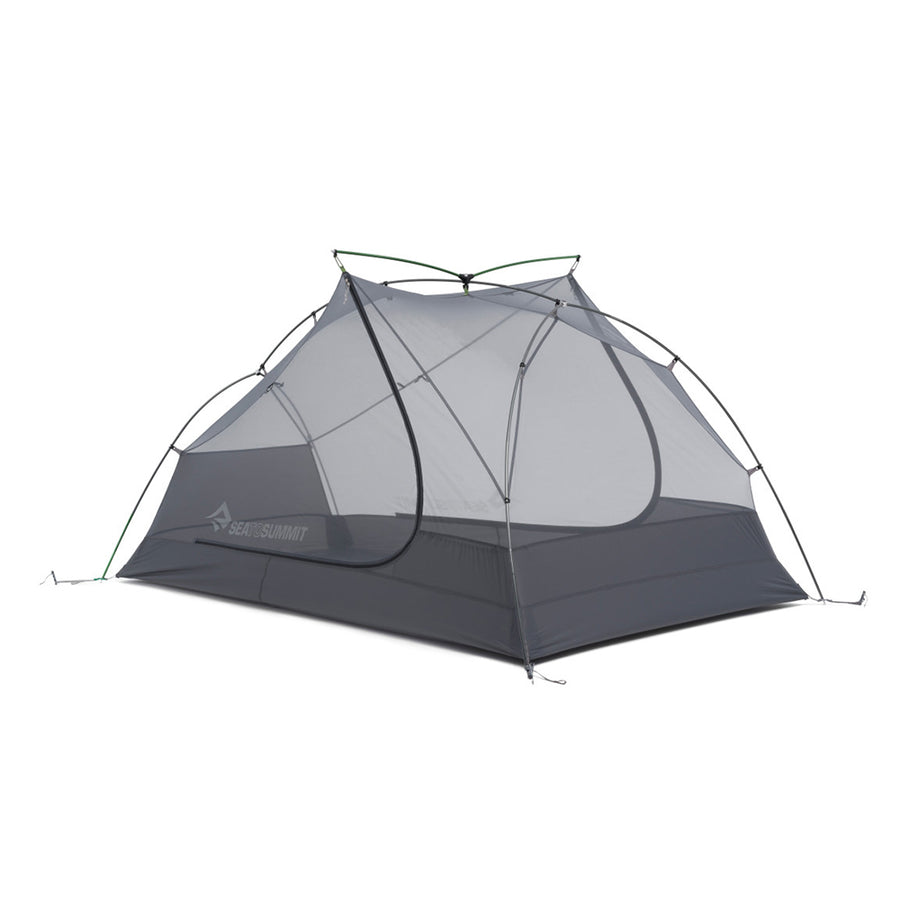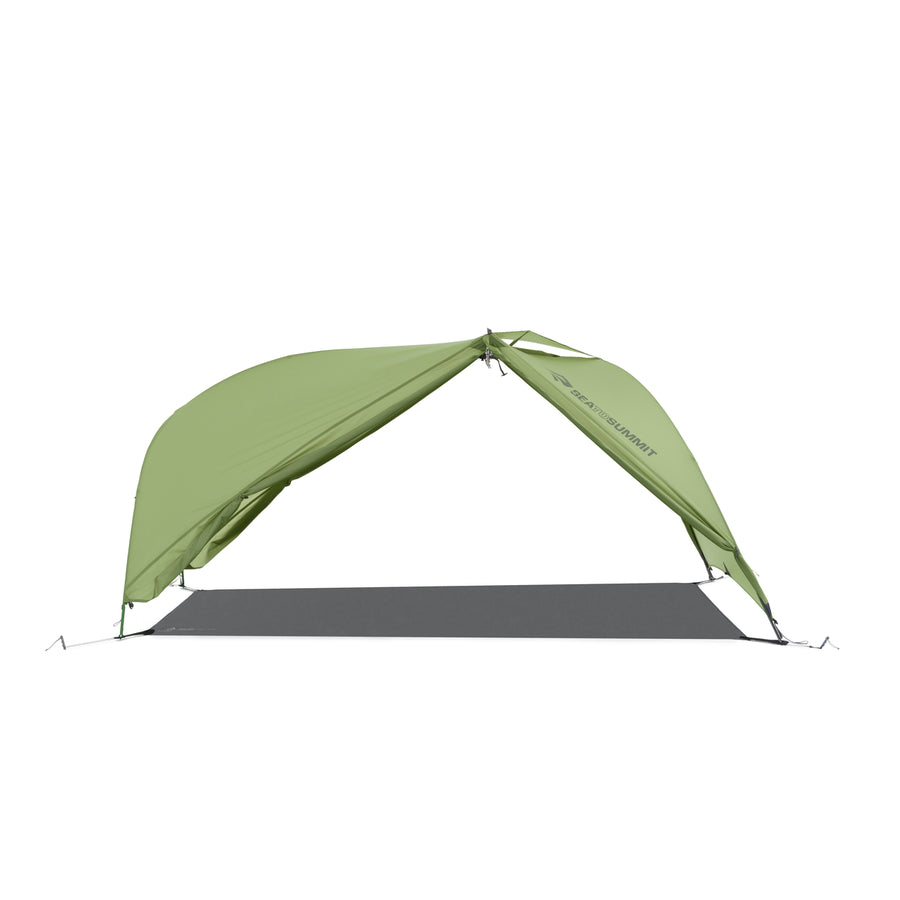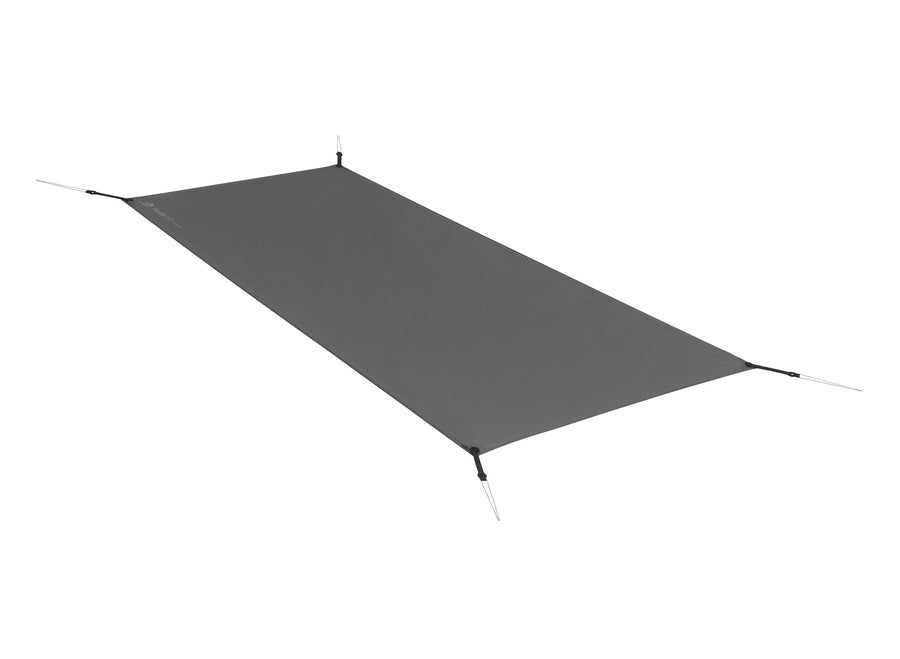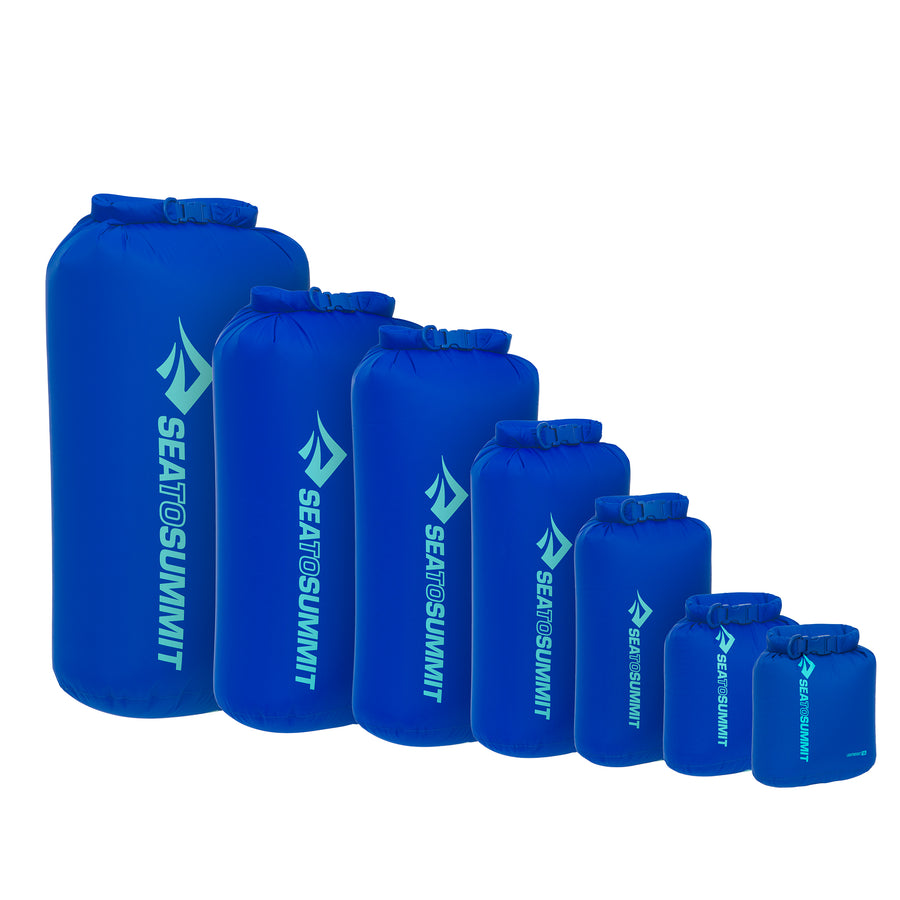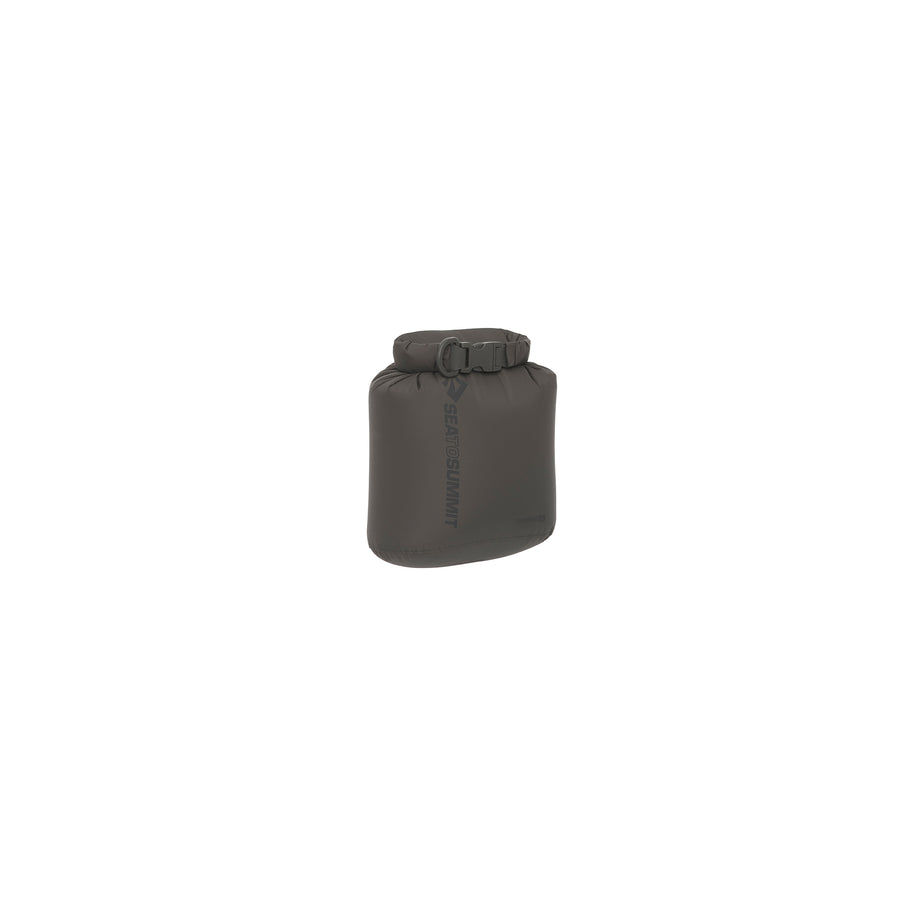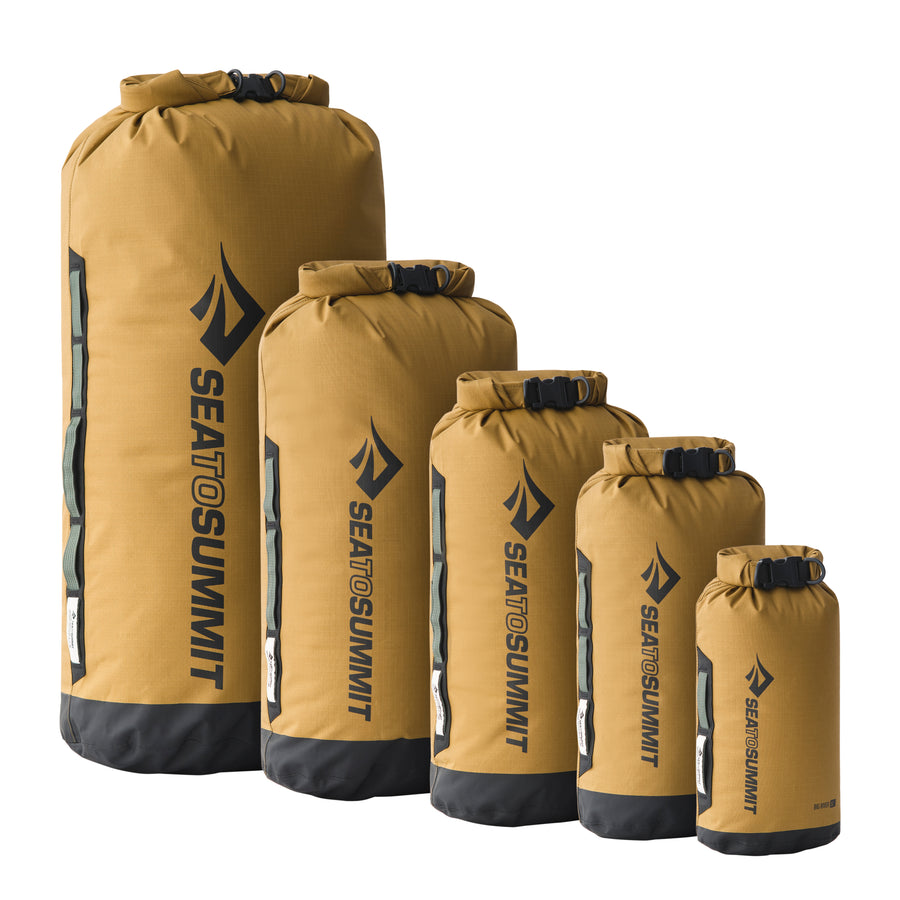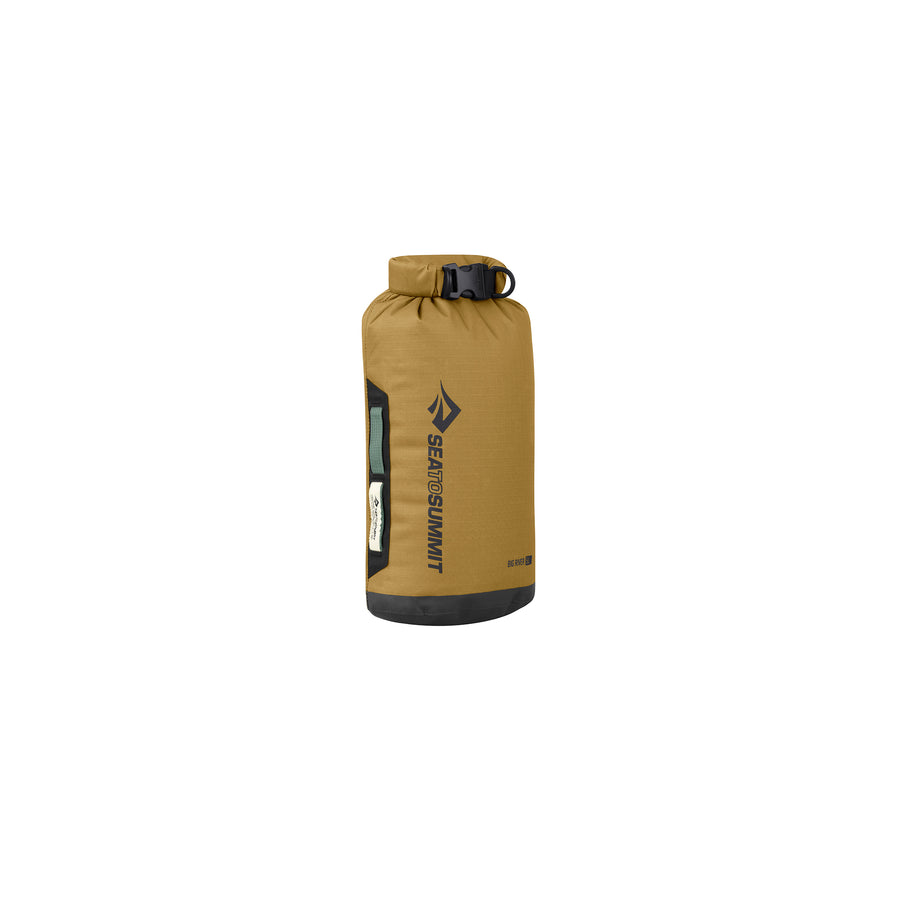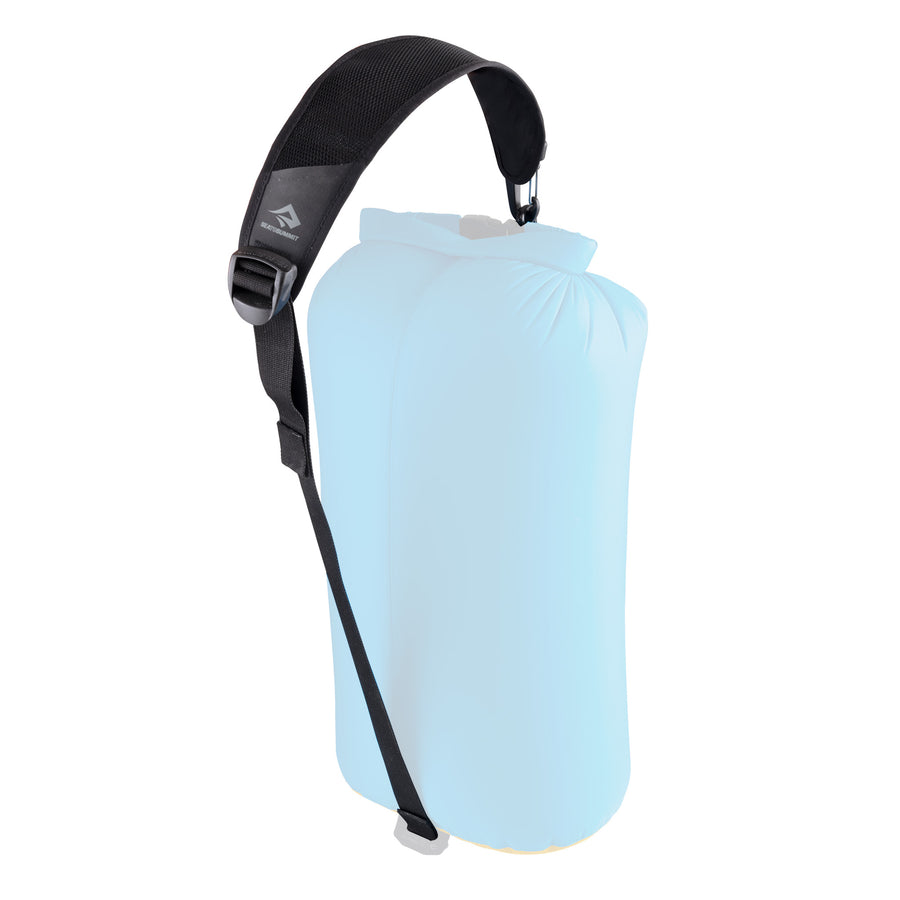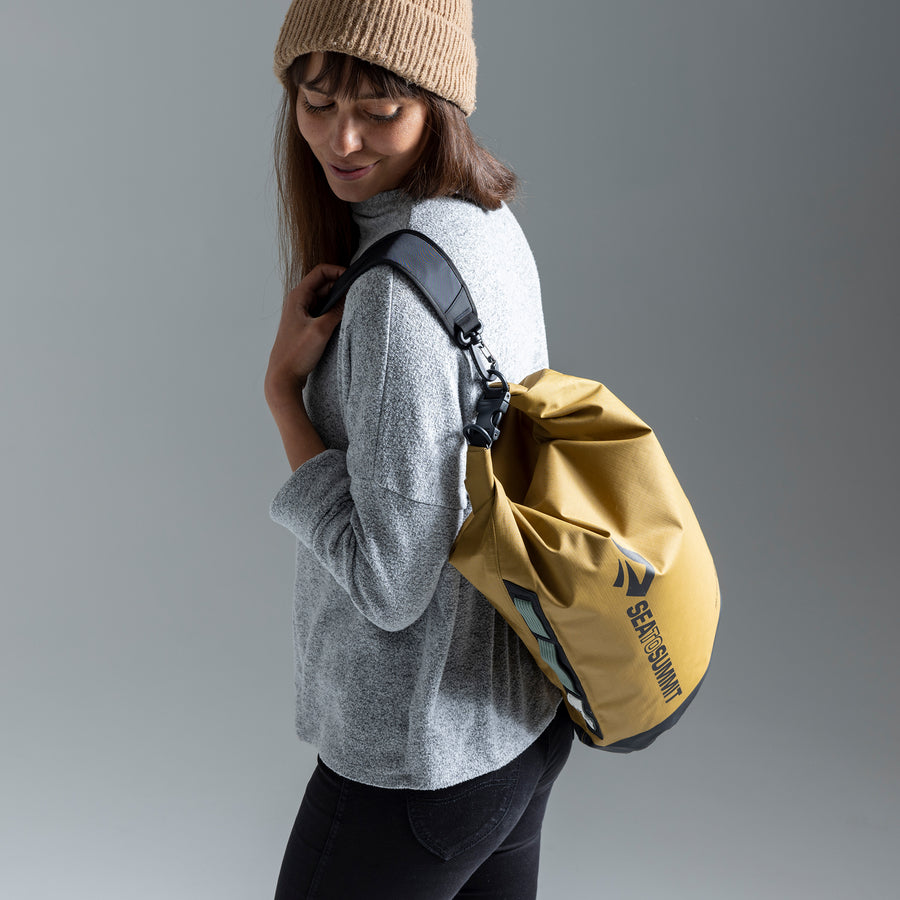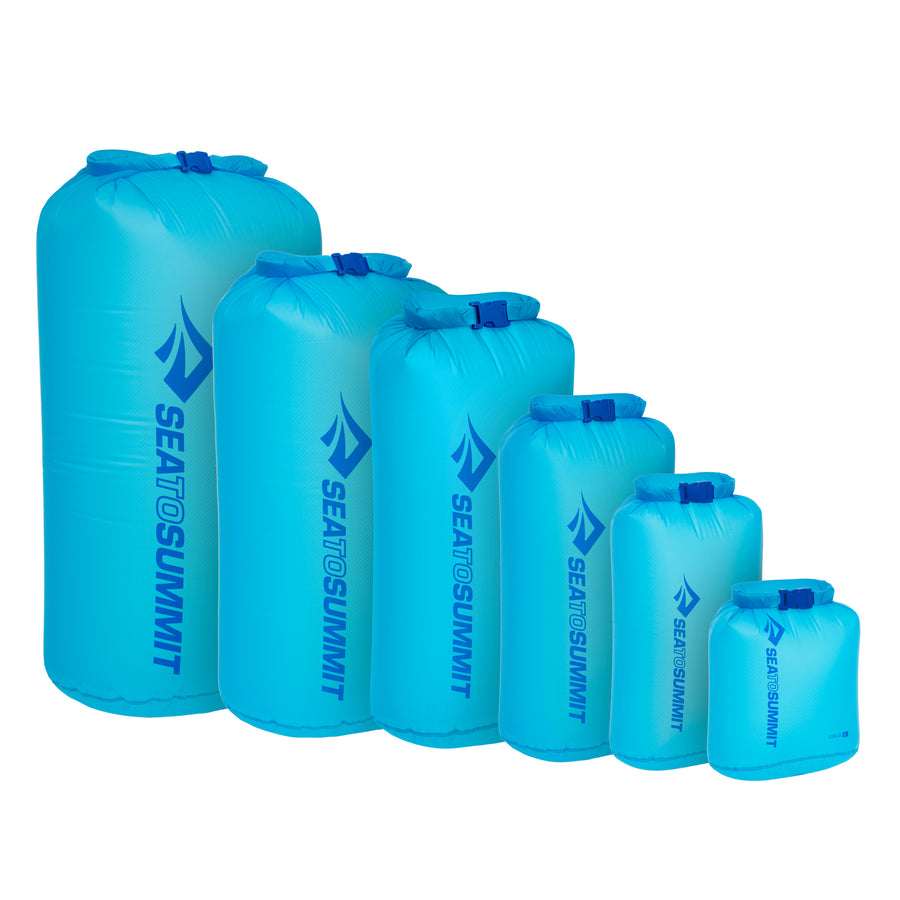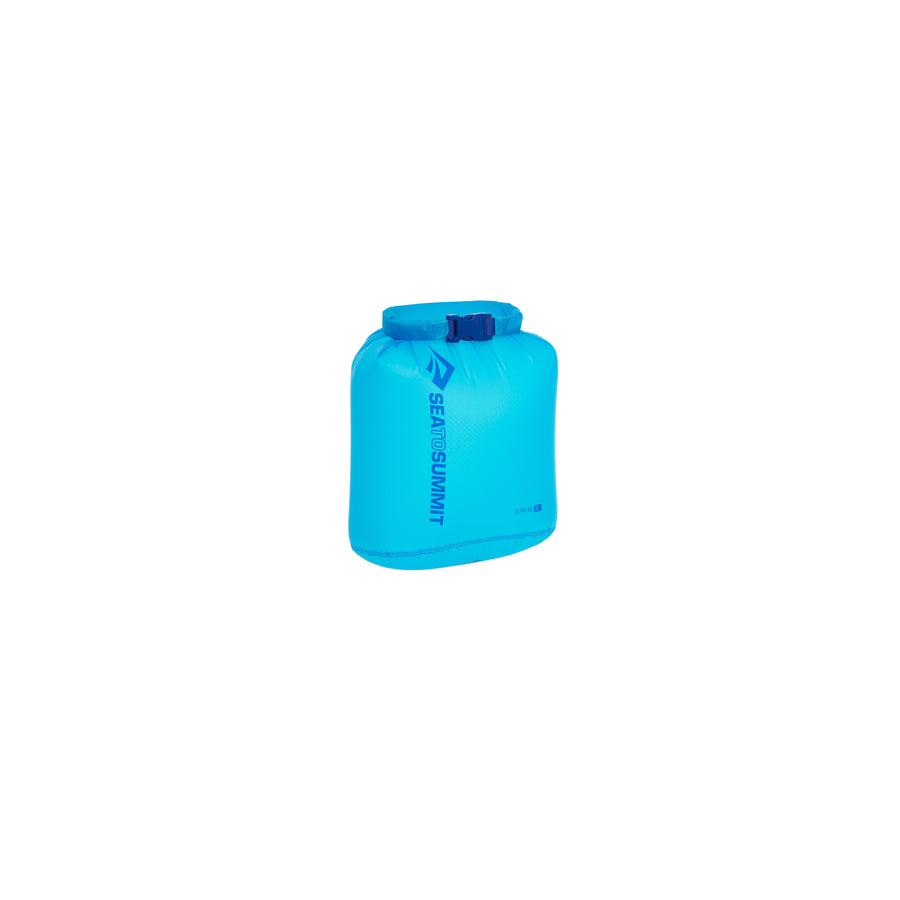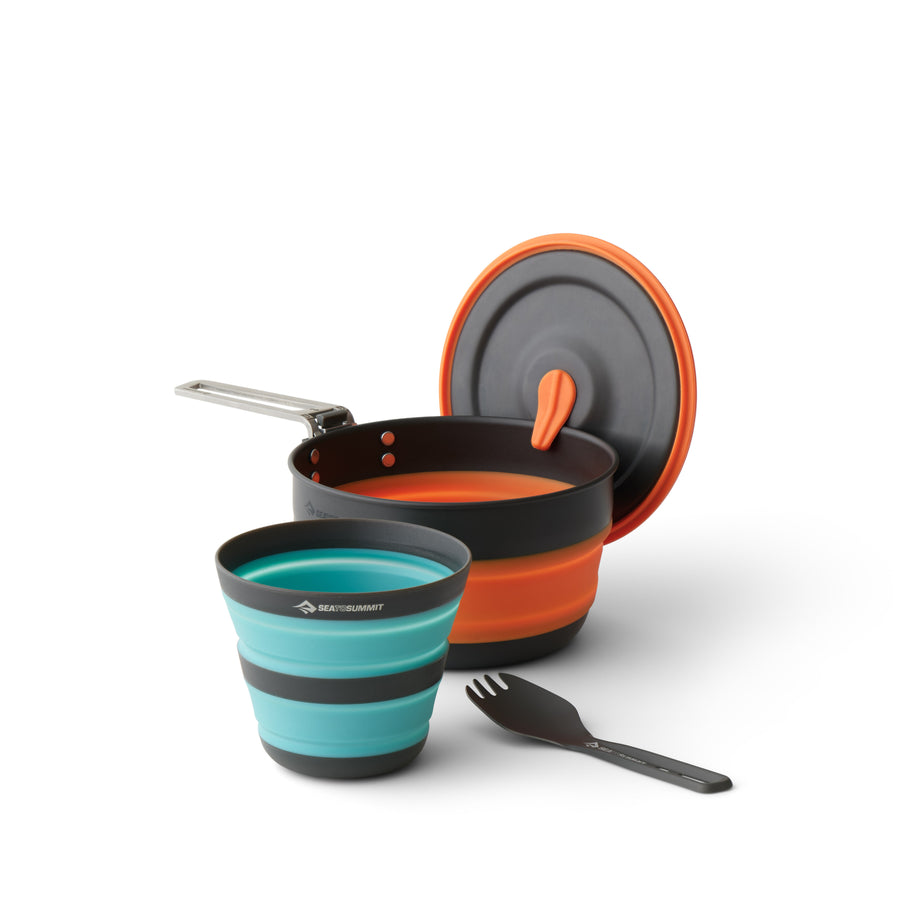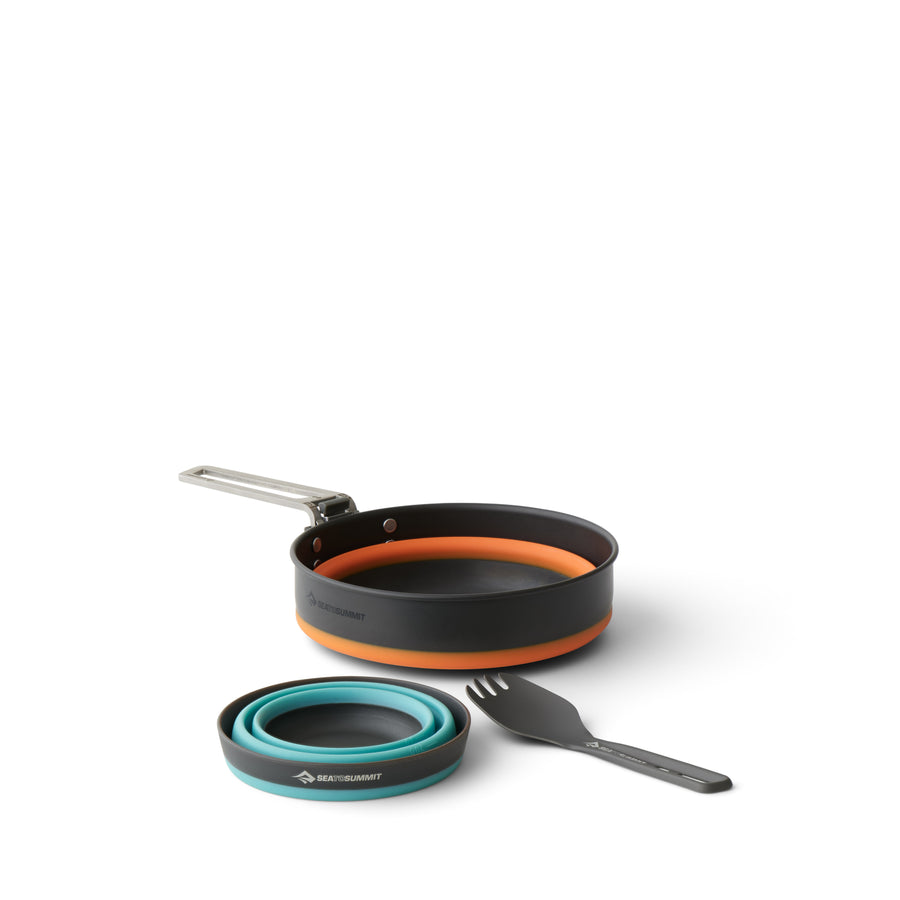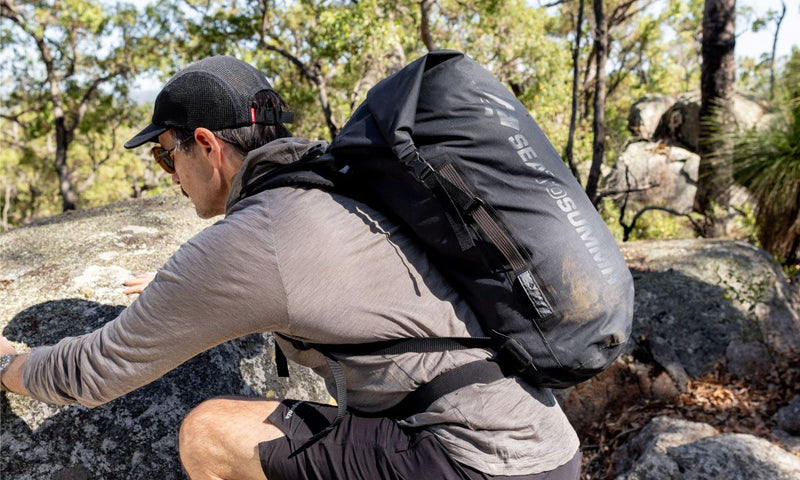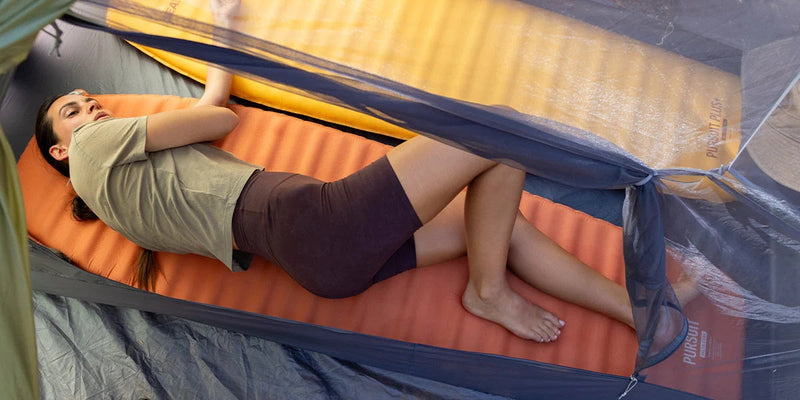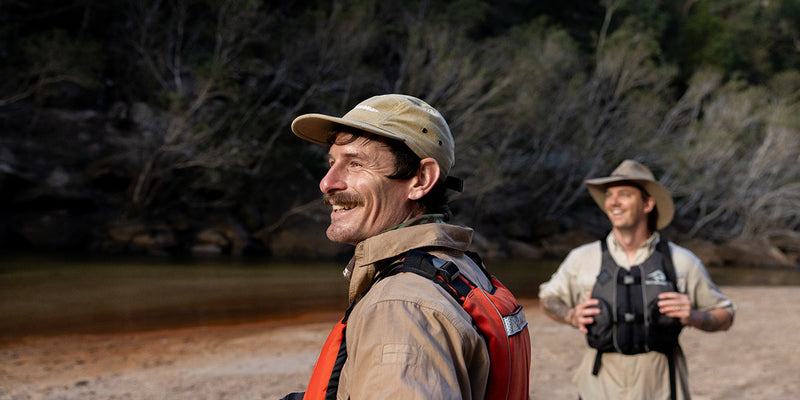Into the Amazon: What It’s Like to SUP in the Jungles of Peru
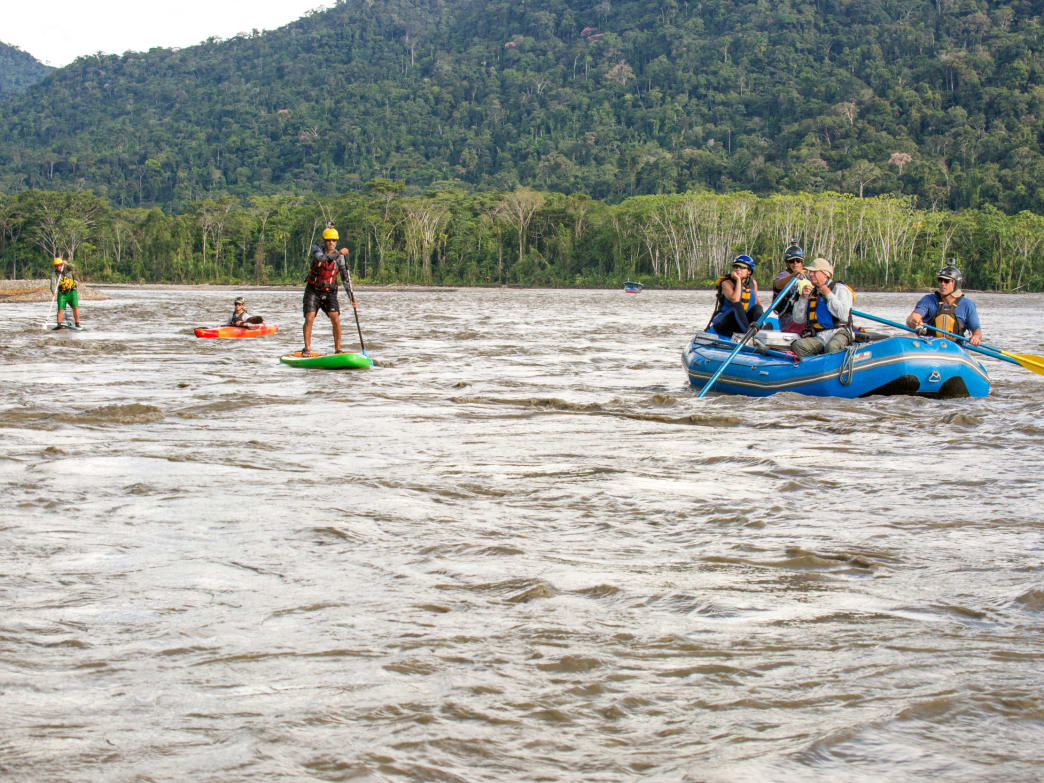
“The rafts will go first, then the safety kayakers, and then the SUPs,” Pepe described, looking around our little group.
We were a motley team—mostly Peruvian—gathered on a rocky bank, the waters of the Queros River under what was already proving to be a scorching morning sun. The idea was, if a stand-up paddleboard (SUP) rider lost his board, he could be picked up by a kayak and, as a last resort, a raft team.

We’d gathered in the jungle, a team of seasoned watermen, travelers, and expedition team members, assembled by Cusco-based Pepe Lopez of Apumayo Expediciones for the purpose of exploring the potential to run commercial trips on these waters. Everyone on the team was there with a purpose—we had rock-star SUP riders, savvy safety kayakers, and experts on the local jungle rivers.
For the moment, I couldn’t decide which made the better photo subjects—my squad of teammates, or the dense jungle surrounding us.
The Place

Over the course of the past several days, we’d moved from Cusco, down the steppes of the Peruvian Andes downward into the jungle. Gone were brisk mornings at 12,500 feet; we’d lost more than 10,000 feet in elevation and gained heat, humidity, and a series of rivers that would tempt the savviest waterman. Along the way we stayed at two biological research stations run by the Amazon Conservation Association; Wayqecha, higher up in the Cloud Forest, and Villa Carmen, located on 7,576 acres in the Manu Biosphere Reserve, lower in the rainforest. Conversations with each station’s experienced team of biologists provided information about the local ecosystem.
And now, now we were in the jungle. In our first few days on the river, we were treated to moderately clear water and entertaining rapids (including several class IV rapids) which had required serious scouting and strategizing for the SUP team. They'd completed the mission, however, with no serious injuries and could now claim SUP first descents on stretches of the Queros, Tono, and now the Alto (Upper) Madre de Dios.

The river then changed to broad and lazy, with visibility at an extreme minimum of only an inch or two. It’s a humbling experience, floating on—and sometimes in—that water, knowing you’re in the midst of an ecosystem that’s vibrant and alive and, as the team surmised, constantly testing you. There’s nothing gentle about the Amazon Basin. Some places don’t seem to mind your presence. Others nurture and comfort. The Amazon just tries to eat you.
But we were too busy laughing and marveling at our surroundings to think too much about that. We drifted down the Alto Madre de Dios River, the tropic sun hot on our backs and the muddy river at our feet. The largest whitewater was behind us, and for the moment our little convoy of four stand-up paddleboards, three whitewater kayaks and two rafts moved in a steady pace downstream, seeming foreign in the wild jungle environment. Eventually, the sun would drop low, we’d find our lodging for the night, and some of the guys would miraculously produce a stunning dinner by headlamp. And tomorrow we’d do it all over again.
The Preparations

Any traveler will tell you that the jungle is not an environment that tolerates the unprepared. Dealing with elevation gains and drops from our start in Cusco (11,152 feet), crossing over the Andes (nearly 14,000 feet), and then down into the jungle (as low as 2,200 feet) required some forethought as well.
To assist with altitude acclimatization, I upped my cardio workouts at home well before the trip. (Though I still ended up feeling winded walking up two flights of stairs the first day in Peru!) Once in Cusco, I drank ridiculous amounts of water, coca tea (the local’s recommended remedy) and ate lightly. Other than a mild headache and a bit of anticipated breathlessness, the altitude wasn’t too much of a factor.
Once we were in the jungle, however, a different set of logistics presented itself. There’s a long list of things that are trying to eat you; from mosquitoes to sand fleas, snakes to spiders … it’s a considerable list. Bring bug spray with DEET (go for the military-grade formulas), long pants, and long-sleeved shirts. Boots with socks for around camp. Check your body once daily to make sure no critters have cheerily attached onto you. Our team had very little issues in the jungle; preparation is key here, as the local insect and reptile population can leave you with some pretty nasty surprises.

The environment demands common sense—watch where you step. Cover your skin. Use sunscreen; when you sweat it off, add more and top it with another layer of bug dope. Don’t go out alone at night, or tell someone if you need to. Keep your hands clean. Take care of yourself, it’ll pay off. The last thing you want to deal with in such a remote, awe-inspiring environment is something that could have been prevented.
The Journey

This is a journey that requires some special care. Manu National Park and the surrounding areas are still largely wild and don’t lend themselves to travelers without any area knowledge. (This is one of the few areas in the world with uncontacted indigenous tribes.) Connect with a local guide service who can get you in, and get you in safely. I’d highly recommend Apumayo Expediciones—Pepe did a fantastic job putting together this challenging expedition, including a team who was both savvy and incredibly fun to be around.
Undoubtedly one of the highlights of the trip was our time spent at Villa Carmen. We based out of the biological station for two nights during our initial jaunt into the jungle rivers, and it was a cozy, practical home base for our random team of fifteen—with comfortable rooms, excellent local food, and a team of helpful, friendly biologists on hand. A walk through the station’s medicinal garden provided an insightful look into traditional jungle medicine, and no one on our team expected to follow a trail into the jungle to find an old Russian Antonov plane nestled in the middle of nowhere!
A day (or two) before and after the trip in Cusco allows rest, acclimatization time, and a chance to explore Cusco’s unique culture and heritage. The Casa Andina Hotel is right around the corner from the famed Plaza de Armas, and a short walking distance to restaurants, bars, markets, and more. Walk a bit further, into the local’s part of town, and you’ll find gigantic open-air markets, eclectic local vendors selling their wares on the streets, and surprisingly good coffee shops.

Venturing into Manu National Park—into the jungles of Peru—isn’t a journey for the faint-hearted. But for those willing to undertake the trip, they’ll find expansive wilderness, astounding wildlife, and some of the most genuine people in the world. The very scope of the jungle and all its inhabitants is humbling, and this is the perfect “reset” trip for someone looking to make a big change in life.
One morning, standing on a bridge overlooking the river we were to float that day, safety kayaker, Luis, sidled up beside me and dropped a rock into my hand. I rubbed my fingers over the heart-shaped stone, marveling at the cut of it, at the history this rock has seen.
“The river’s gift to you,” Luis said with a smile.
I closed my fist around the rock, tucking it deep into my camera bag where I knew it would be safe for the day’s whitewater run, and smiled back. The river may have given me a rock, but the jungle gave me friends.
Written by Jess McGlothlin for RootsRated and legally licensed through the Matcha publisher network. Please direct all licensing questions to legal@getmatcha.com.
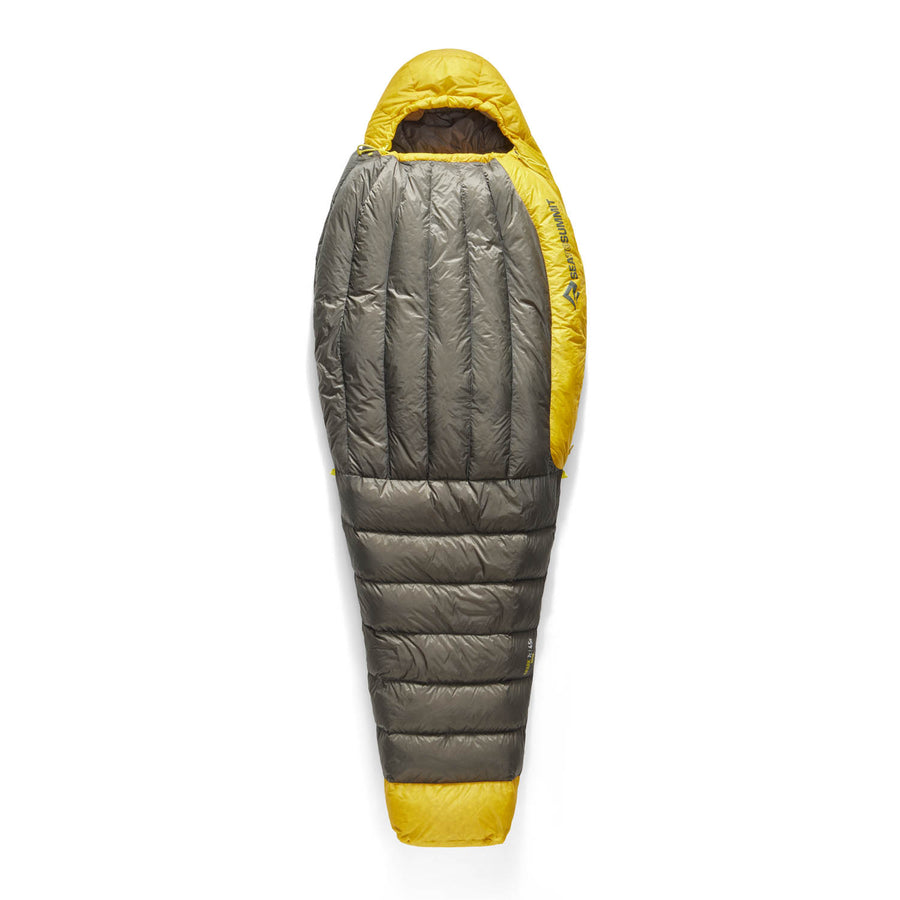
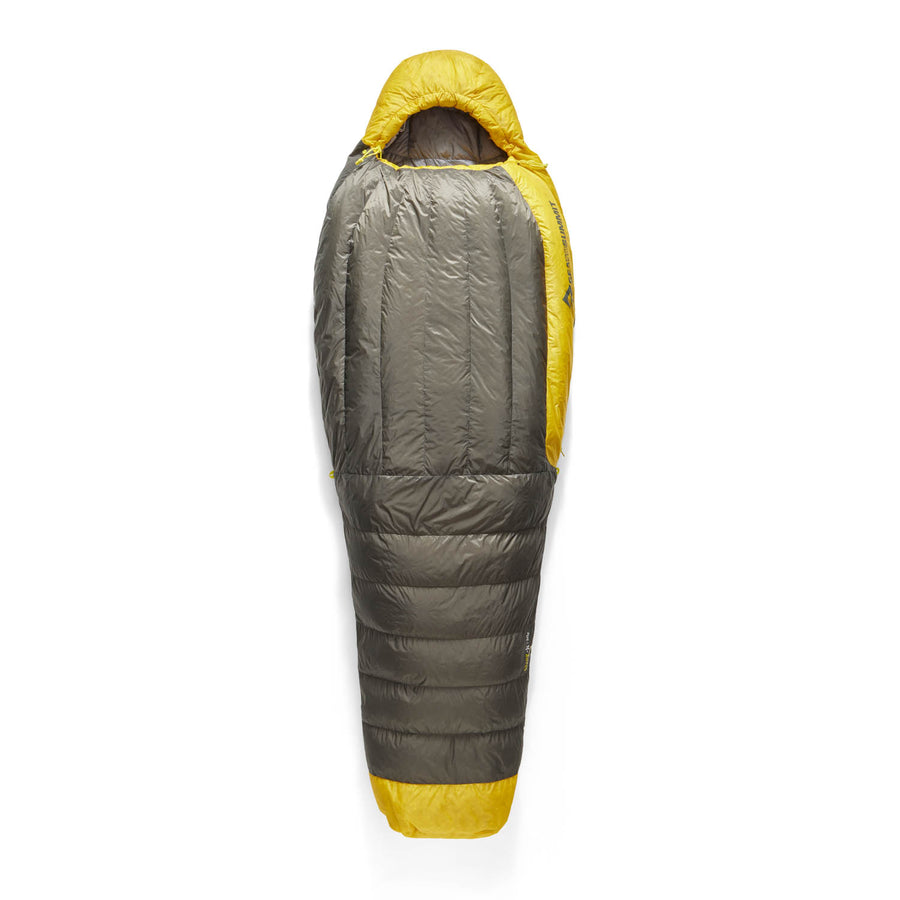
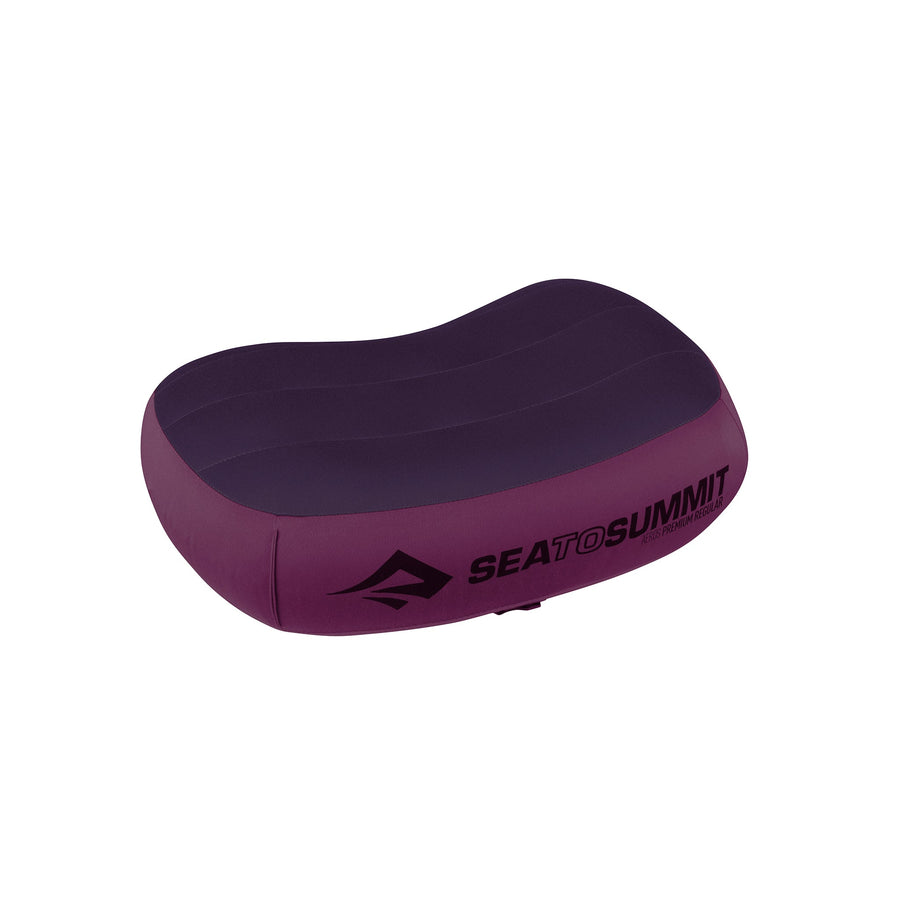
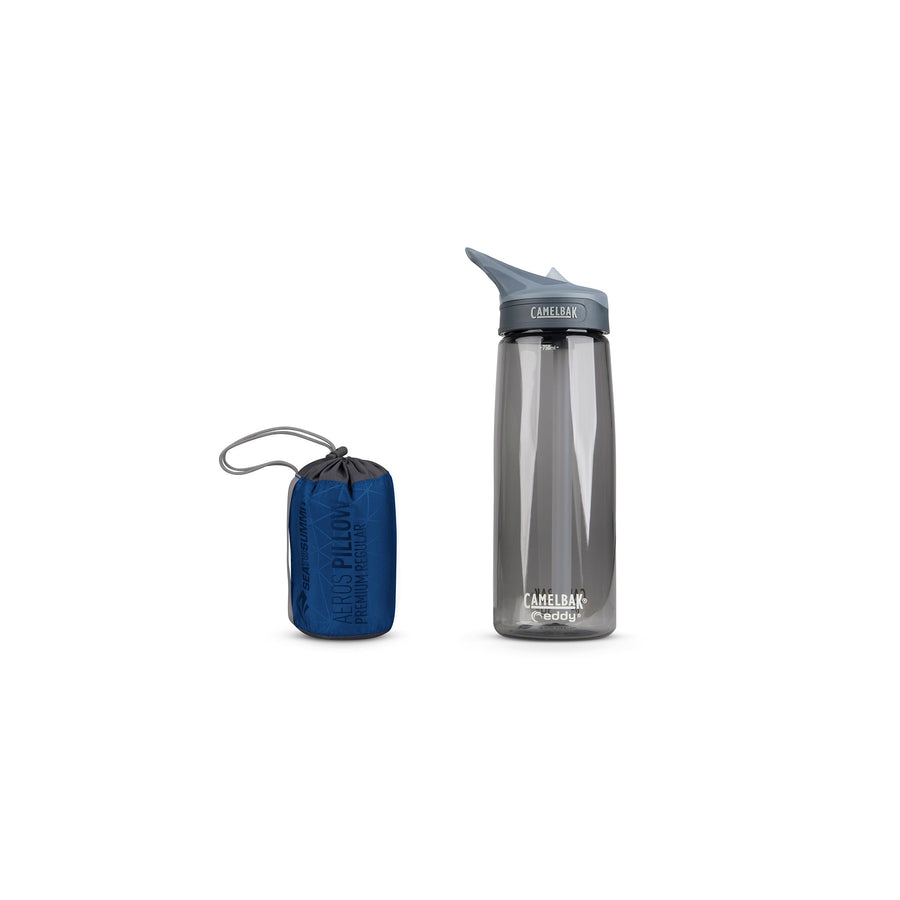
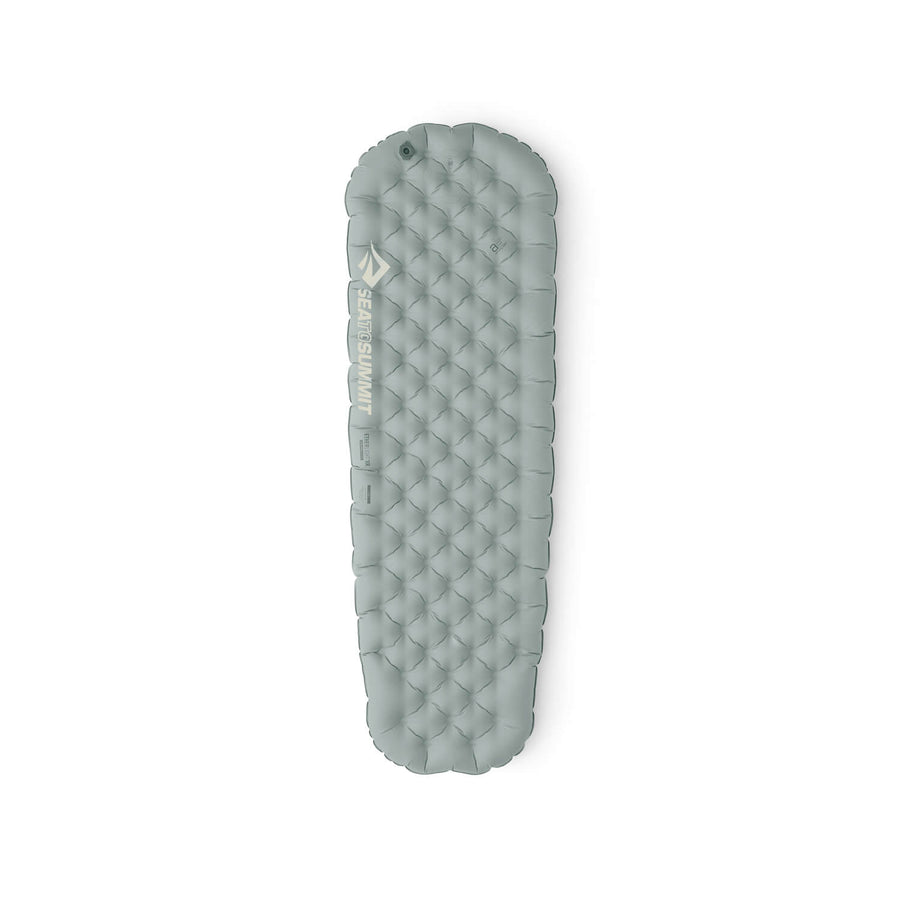
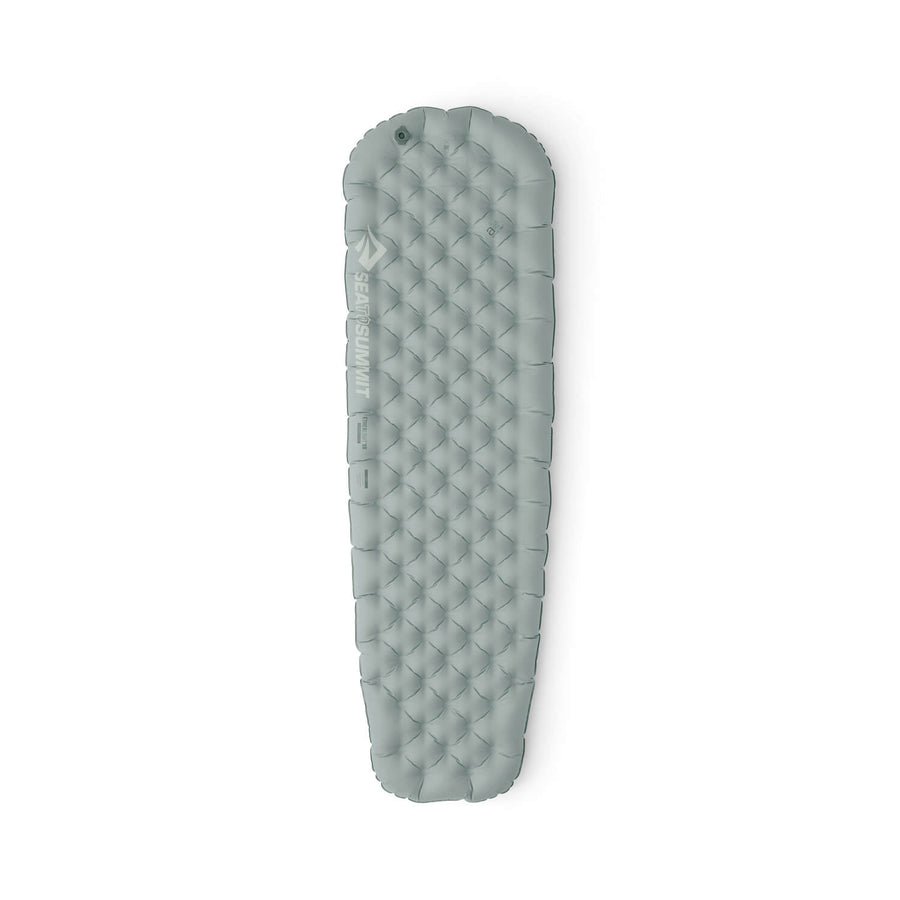
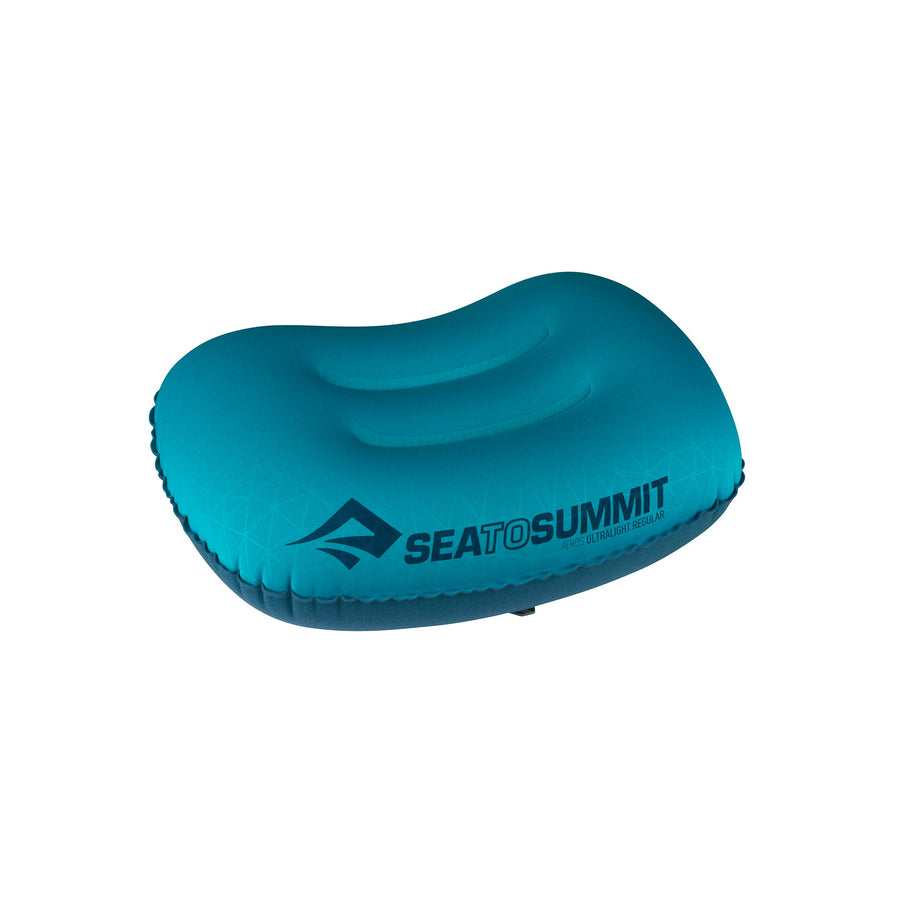
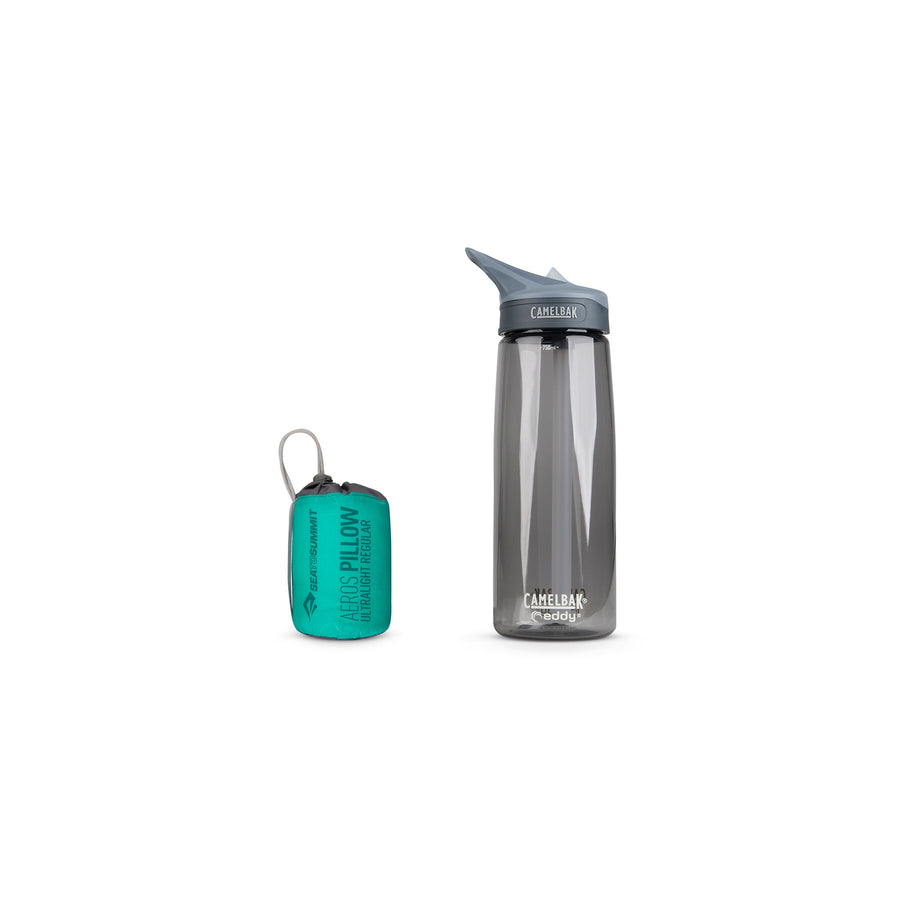
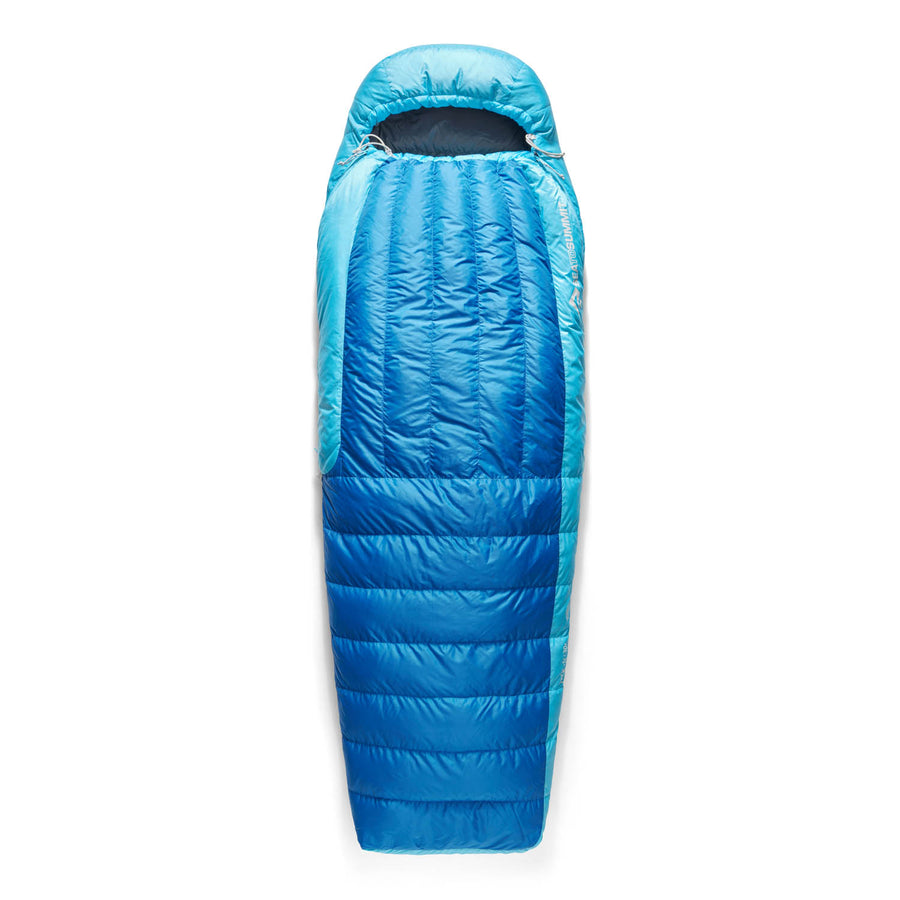
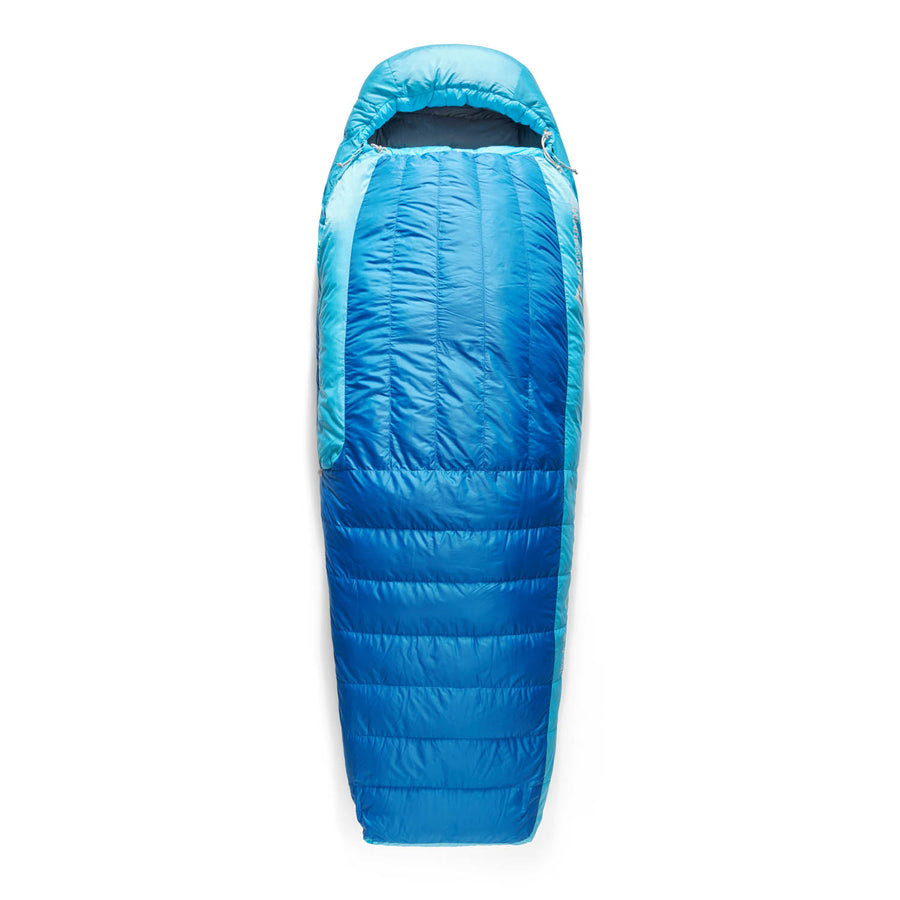
![Frontier Ultralight One Pot Cook Set - [3 Piece]](http://seatosummit.com.au/cdn/shop/files/FrontierULOnePotCookSet1P3Piece1.3LPotWithS-BowlandCup_ACK027031-122114_PRIMARY-1200x1200-9c6bd91.jpg?v=1749433473&width=900)
![Frontier Ultralight One Pot Cook Set - [3 Piece]](http://seatosummit.com.au/cdn/shop/files/FrontierULOnePotCookSet1P3Piece1.3LPotWithS-BowlandCup_ACK027031-122114_ADDITIONAL_1-1200x1200-9c6bd91.jpg?v=1749433473&width=900)
